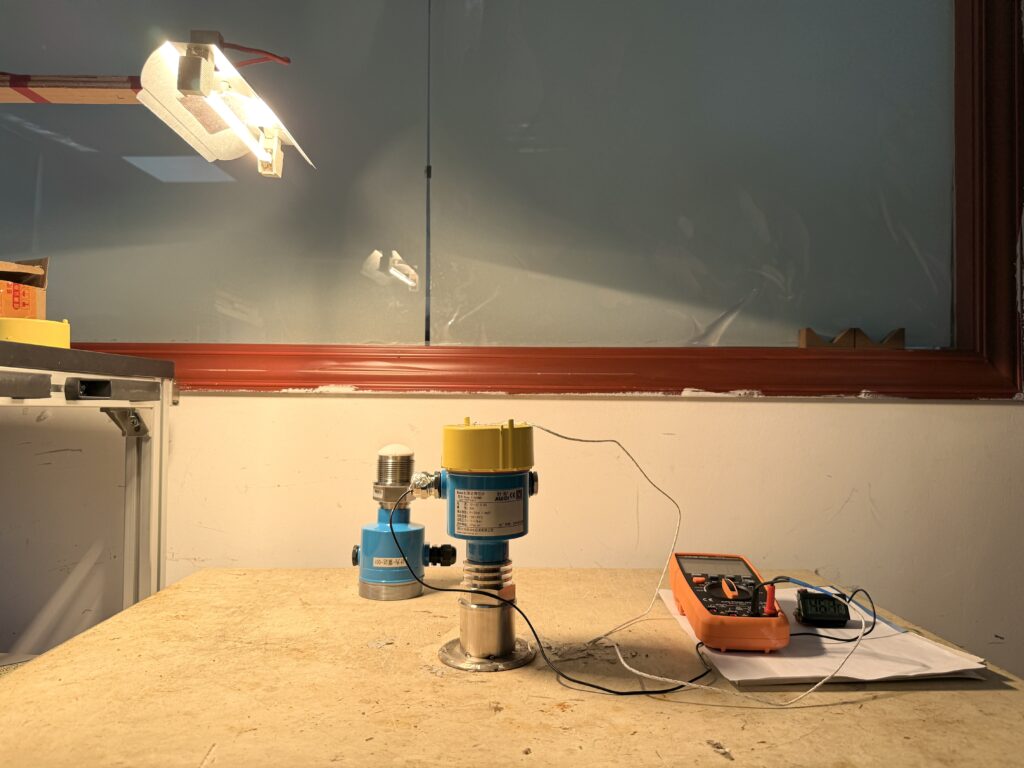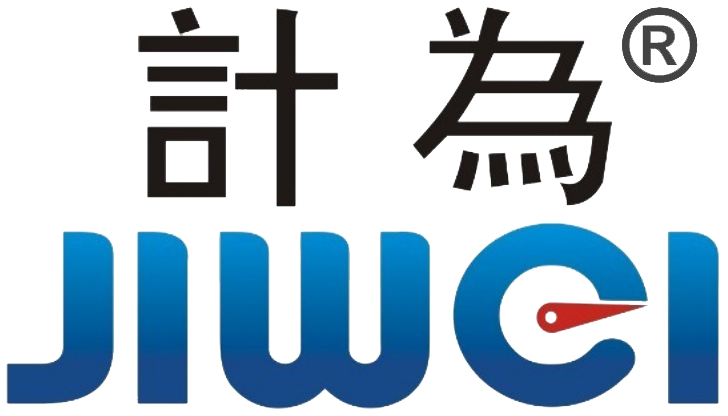The Best Liquid Level Transmitter for Industrial Precision: What You Need to Know
What Is a Liquid Level Transmitter?
A liquid level transmitter is an industrial device used to measure and report the level of fluid within a tank or vessel. It converts the detected height of the liquid into a continuous signal—commonly 4–20mA or digital protocols such as HART or Modbus—that can be processed by a control system. This enables operators to monitor fluid levels in real time, automate refilling, or trigger alarms to prevent overflows or dry runs.
In high-risk sectors like chemical processing, food production, or energy storage, having a dependable and accurate liquid level transmitter ensures process efficiency and safety compliance.

Types of Liquid Level Transmitters
Various technologies exist for level measurement, each with its own advantages and constraints:
Radar Level Transmitters
Use high-frequency microwave signals to provide non-contact, highly accurate level measurements. These are especially effective in challenging conditions like steam, vapor, or corrosive liquids.
Ultrasonic Level Transmitters
Operate similarly to radar but use sound waves instead of electromagnetic waves. They are cost-effective but more susceptible to signal loss in turbulent or vaporous environments.
Hydrostatic Level Transmitters
Based on pressure changes at different liquid depths. Reliable for clean liquids, though performance can degrade with changes in fluid density or temperature.
Capacitive Level Transmitters
Measure the change in capacitance caused by the presence of a liquid. They are suitable for small tanks or specific materials but are affected by coating and buildup.
Choosing the Right Technology
When selecting a liquid level transmitter, you must consider the following:
- Nature of the liquid: Is it corrosive, viscous, hygienic, or volatile? For example, radar transmitters like Jiwei’s JWrada series are perfect for corrosive acids, hygienic dairy fluids, or high-temperature condensate.
- Installation conditions: Non-contact models are ideal where internal obstructions or turbulence make contact methods unreliable.
- Maintenance expectations: Contact-type sensors typically require more frequent maintenance due to residue buildup or moving parts.
- System integration: Ensure compatibility with your PLC or SCADA system using outputs like 4–20mA, HART, or Modbus.
- Environmental demands: Choose transmitters with suitable protection ratings (IP67, Ex-proof).

For harsh industrial environments, non-contact radar technology continues to prove itself as the most versatile and reliable choice.
Jiwei’s Radar Liquid Level Transmitters
Jiwei’s JWrada series radar transmitters utilize cutting-edge 80GHz FMCW radar technology for superior performance in industrial settings. Key features include:
- ±1mm measurement accuracy, even in vapor-rich or dusty environments
- Non-contact operation, preventing sensor fouling and ensuring hygiene compliance
- Smart Bluetooth configuration via Jiwei’s “Smart Control” mini-program
- Multiple housing options including PTFE-coated or 316L stainless steel for corrosion resistance
These transmitters are built to perform in the most extreme conditions—acid tanks, slurry pits, steam environments—delivering reliable data day after day.
Industry Applications
Liquid level transmitters like Jiwei’s JWrada are widely deployed across:
- Chemical plants: Measuring solvents, strong acids, and reactive fluids
- Food & beverage: For milk, syrup, beer, and edible oils under hygienic conditions
- Pharmaceutical manufacturing: Sterile environments with strict hygiene standards
- Municipal water and wastewater: Including sludge, sewage, and treatment tanks
- Energy production: Boilers, condensate tanks, and oil reservoirs
- Agriculture: Storage for fertilizers, irrigation liquids, and biogas digestate
Each sector demands specific technical features—Jiwei offers flanged, threaded, and sanitary fittings for broad adaptability.

Radar vs. Other Technologies
| Technology | Contact Type | Accuracy | Best For | Drawbacks |
|---|---|---|---|---|
| Radar (JWrada) | Non-contact | ±1mm | Corrosive, hygienic, volatile | Higher initial cost |
| Ultrasonic | Non-contact | ±5mm | Clean, low-pressure environments | Affected by vapor/foam |
| Hydrostatic | Contact | ±5–10mm | Stable, clean fluids | Needs recalibration, density sensitive |
| Capacitive | Contact | ±2–5mm | Small tanks, conductive liquids | Fouling, sensitive to buildup |
Frequently Asked Questions
Can a liquid level transmitter work in an open tank?
Yes, radar-based models like Jiwei’s JWrada series are highly effective in open tanks, thanks to their narrow beam angle and non-contact sensing.
Is Bluetooth configuration secure?
Absolutely. Jiwei’s “Smart Control” app uses secure Bluetooth connectivity, enabling touch-free setup and reducing exposure to hazardous environments.
Can I use Jiwei’s transmitters in explosion-prone areas?
Yes. JWrada models are available with Ex-proof certification, suitable for hazardous zones.
